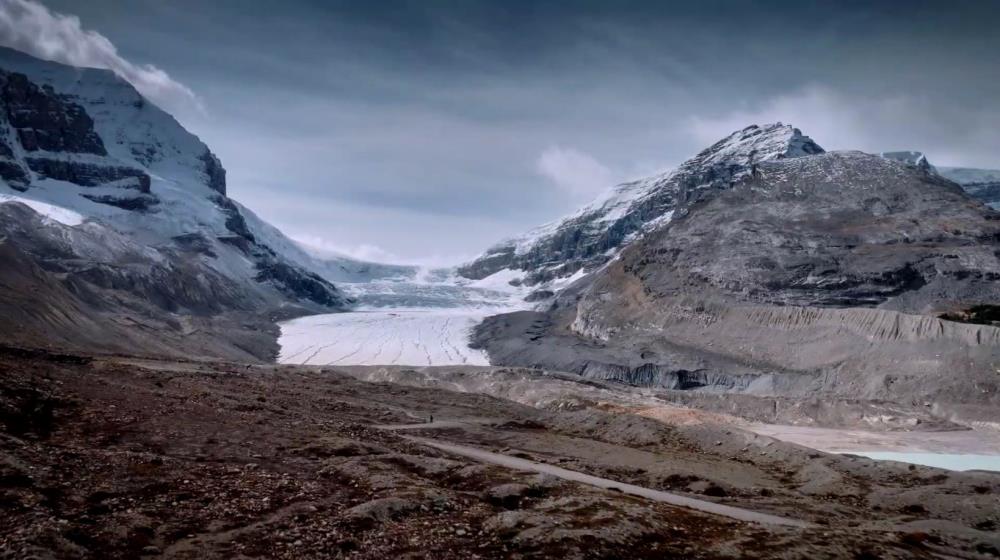
Related items loading ...
Section 1: Publication
Publication Type
Conference Presentation
Authorship
Shook Kevin, He Zhihua, Spence Christopher, Whitfield Colin, Pomeroy John, Morrison Alasdair
Title
Development of the Prairie Hydrology Design and Analysis Product (PHyDAP)
Year
2022
Publication Outlet
AOSM2022
DOI
ISBN
ISSN
Citation
Kevin Shook, Zhihua He, Christopher Spence,Colin Whitfield, John Pomeroy,Alasdair Morrison (2022). Development of the Prairie Hydrology Design and Analysis Product (PHyDAP). Proceedings of the GWF Annual Open Science Meeting, May 16-18, 2022.
Abstract
There are many real-world hydrological problems on the Canadian Prairies for which existing tools are poorly suited, due to the region’s complex cold-region hydrology and its equally complex hydrography, which is dominated by depressions, poorly defined and results in dynamic drainage basin contributing areas to streamflow. The complexities of the problems are compounded by changes in hydrology due to climate change, and by changes in depressional storage capacities due to wetland drainage. Although some hydrological models (CRHM, MESH) are able to simulate Prairie hydrology, including the effects of changes in climate, they do not have the ability to simulate detailed local-scale hydraulics. Conversely, hydraulic models which can simulate these small-scale features do not have the ability to simulate prairie hydrological processes.
The Prairie Hydrology Design and Analysis Product (PHyDAP) deploys the research results of the GWF Prairie Water Project to produce a tool useful for solving local-scale water problems in the prairies. A classification of prairie basin types (Wolfe et al. 2019), was used to inform, design and parameterize a collection of Cold Region Hydrological Modelling platform (CRHM) models of “virtual” prairie basins. Each virtual basin model simulates the hydrological functioning of one of seven basin classes. PHyDAP consists of decades-long outputs from the virtual basin models, run for approximately 4000 basins, each approximately 100 km², across the Canadian Prairies. Each basin’s model is forced with local gridded meteorological data, using both historical values and downscaled simulations of future climates, for long time periods. The output variables are time series of rainfall, evaporation from ponded water and the runoff from uplands.
We are working with partner organizations who will use the PHyDAP values as inputs to hydraulic models, such as SWMM, to simulate the complex local hydraulic conditions including the local depressions. This will facilitate calculation of the effects of climate change and wetland drainage/restoration on local return period flows and flooding, which can inform iterative design of infrastructure such as culverts. Examples of the data created for PHyDAP and its potential uses for solving small scale hydrological problems on the Prairies are shown.
Plain Language Summary
Section 2: Additional Information
Program Affiliations
Project Affiliations
Submitters
|
Kevin Shook | Submitter/Presenter | kevin.shook@usask.ca | Centre for Hydrology, University of Saskatchewan |
Publication Stage
N/A
Theme
Hydrology and Terrestrial Ecosystems
Presentation Format
10-minute oral presentation
Additional Information
AOSM2022 Prairie Water First Author: Kevin Shook, Centre for Hydrology, University of Saskatchewan Additional Authors: Zhihua He, Centre for Hydrology, University of Saskatchewan; Christopher Spence, Environment and Climate Change Canada; Colin Whitfield, School of Environment and Sustainability, University of Saskatchewan; John Pomeroy, Centre for Hydrology, University of Saskatchewan; Alasdair Morrison, Global Institute for Water Security, University of Saskatchewan


 GWFNet
GWFNet Master
Master Data
Data Research
Research Map
Map
 Advanced
Advanced Tools
Tools
 . . .
. . .
 Metadata Editor
Metadata Editor
 Record List
Record List
 Alias List Editor
Alias List Editor
 Legacy sites
Legacy sites